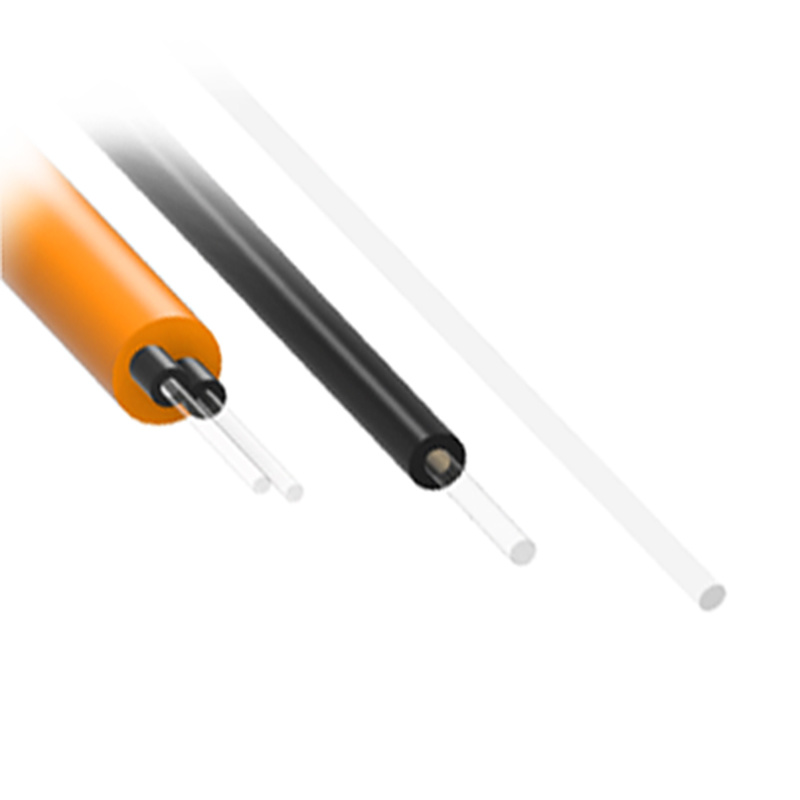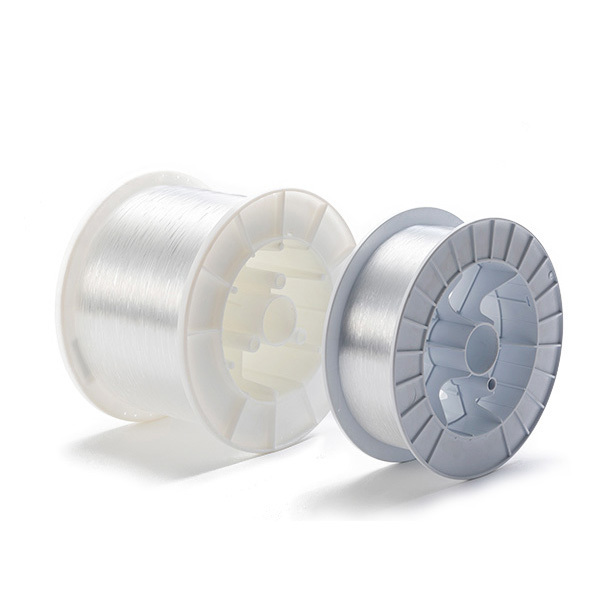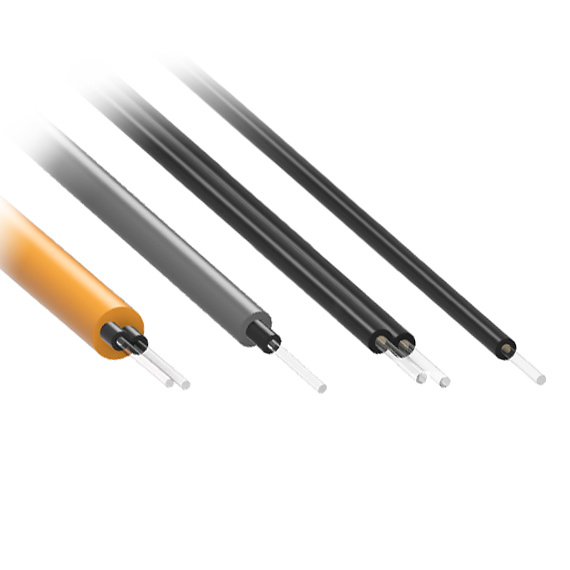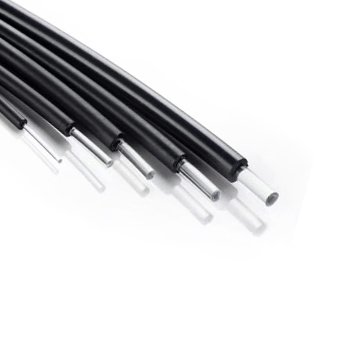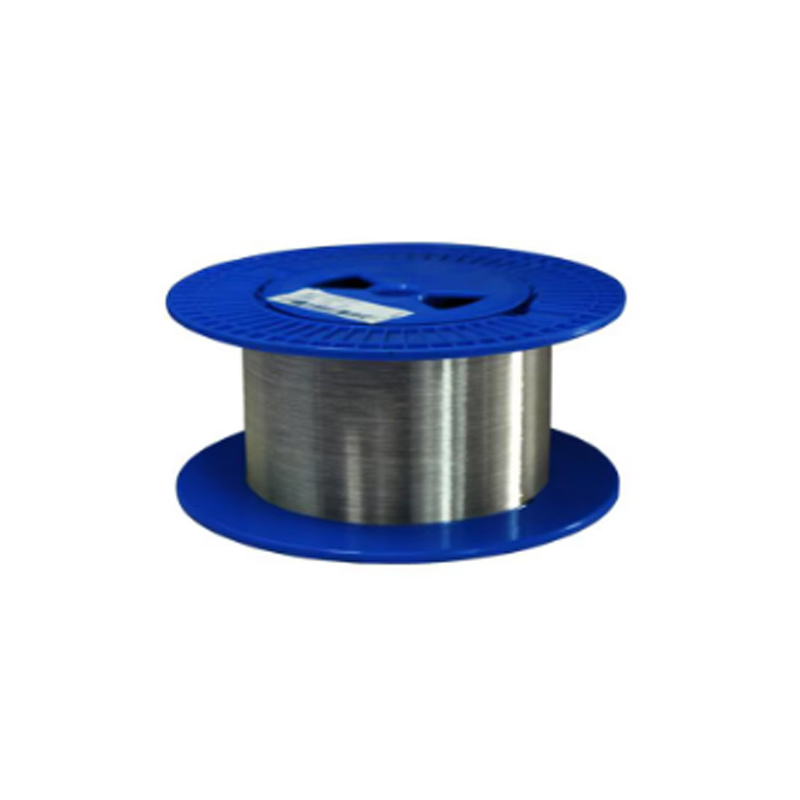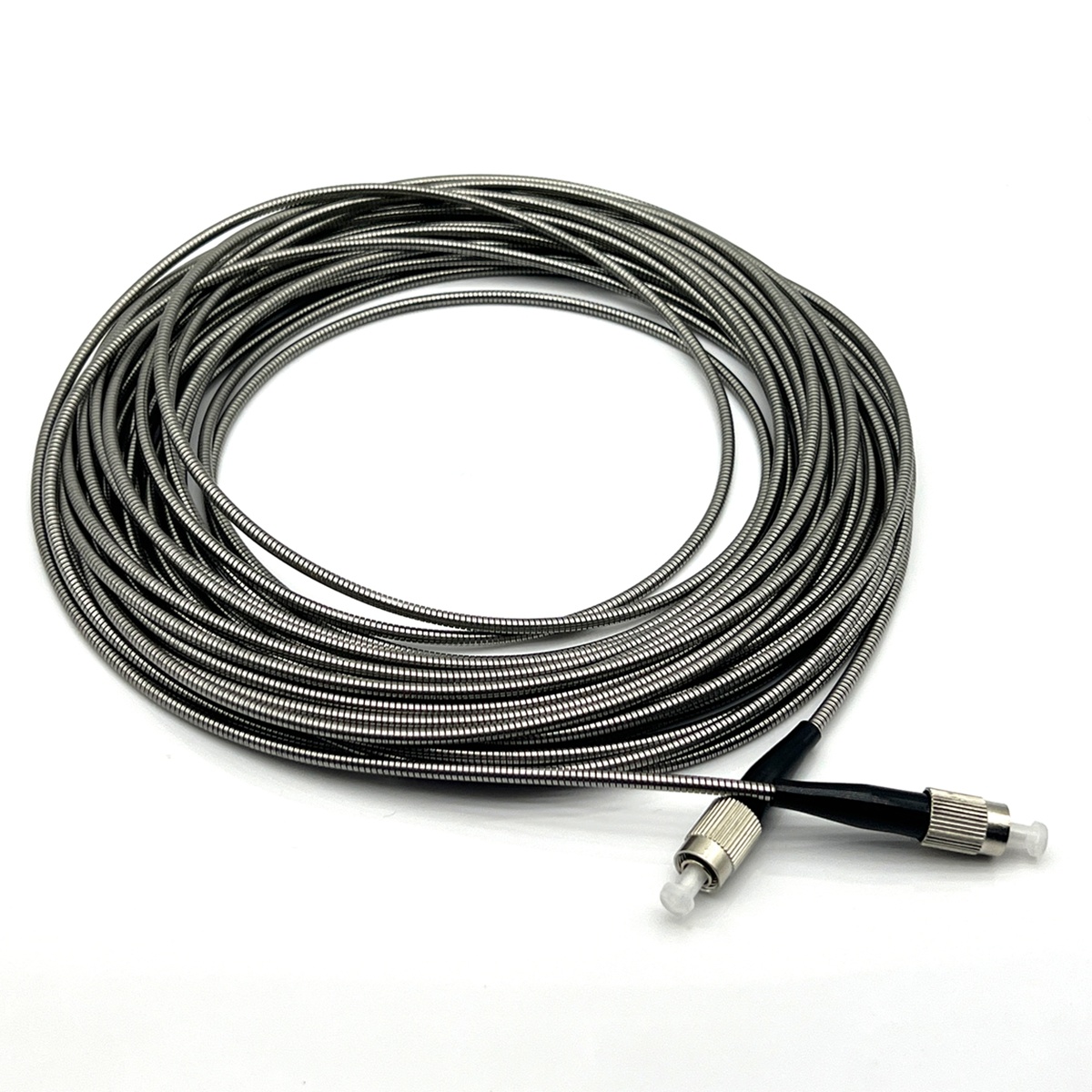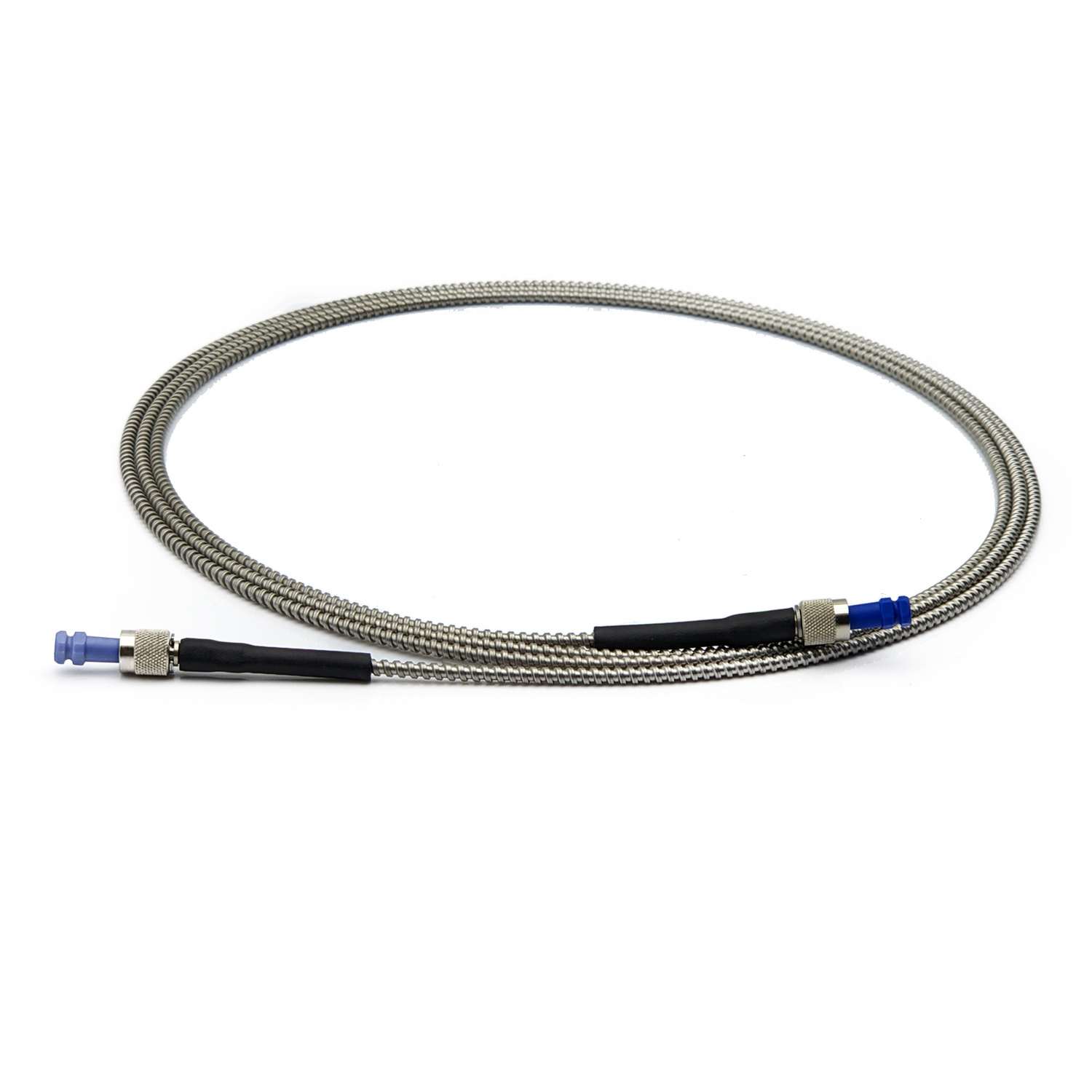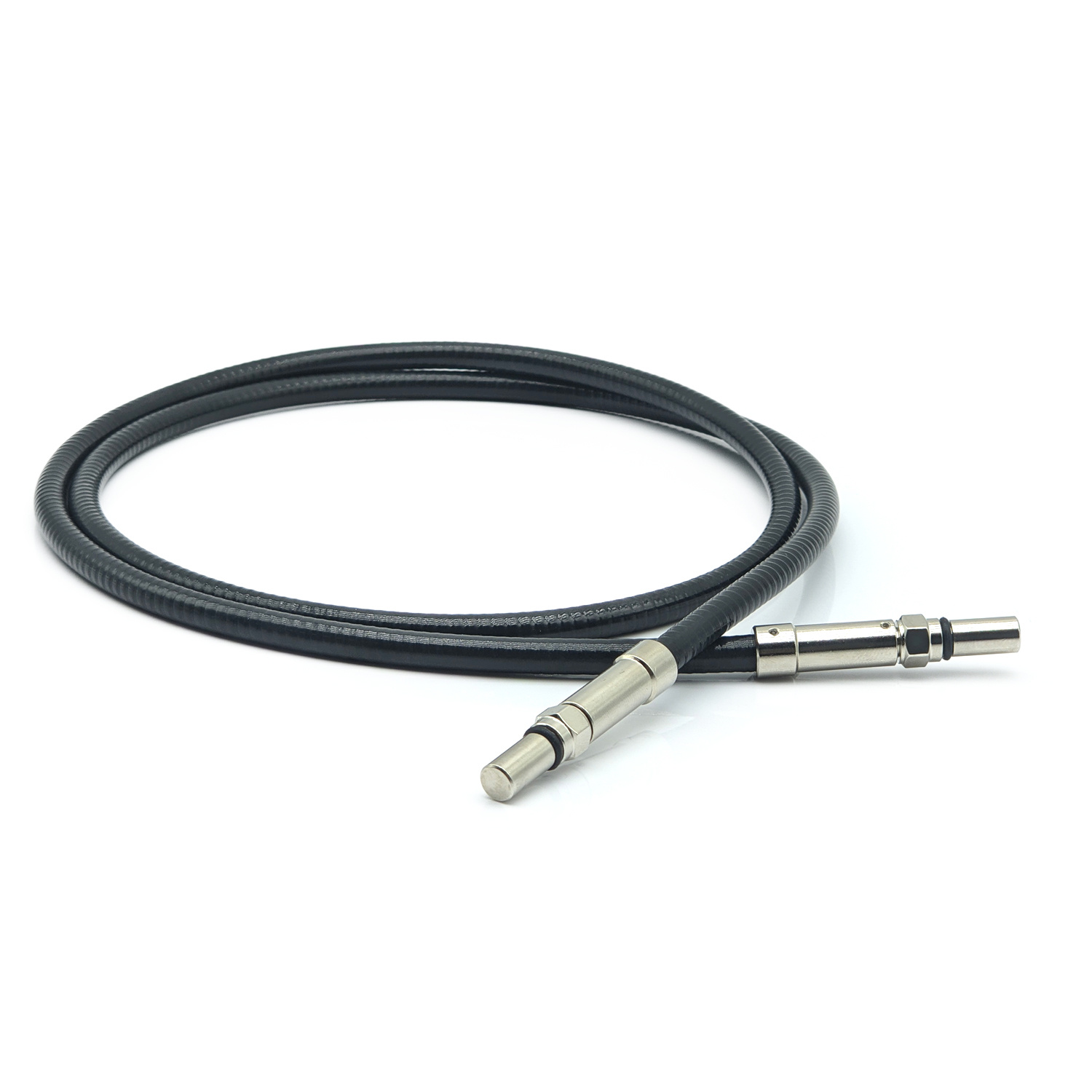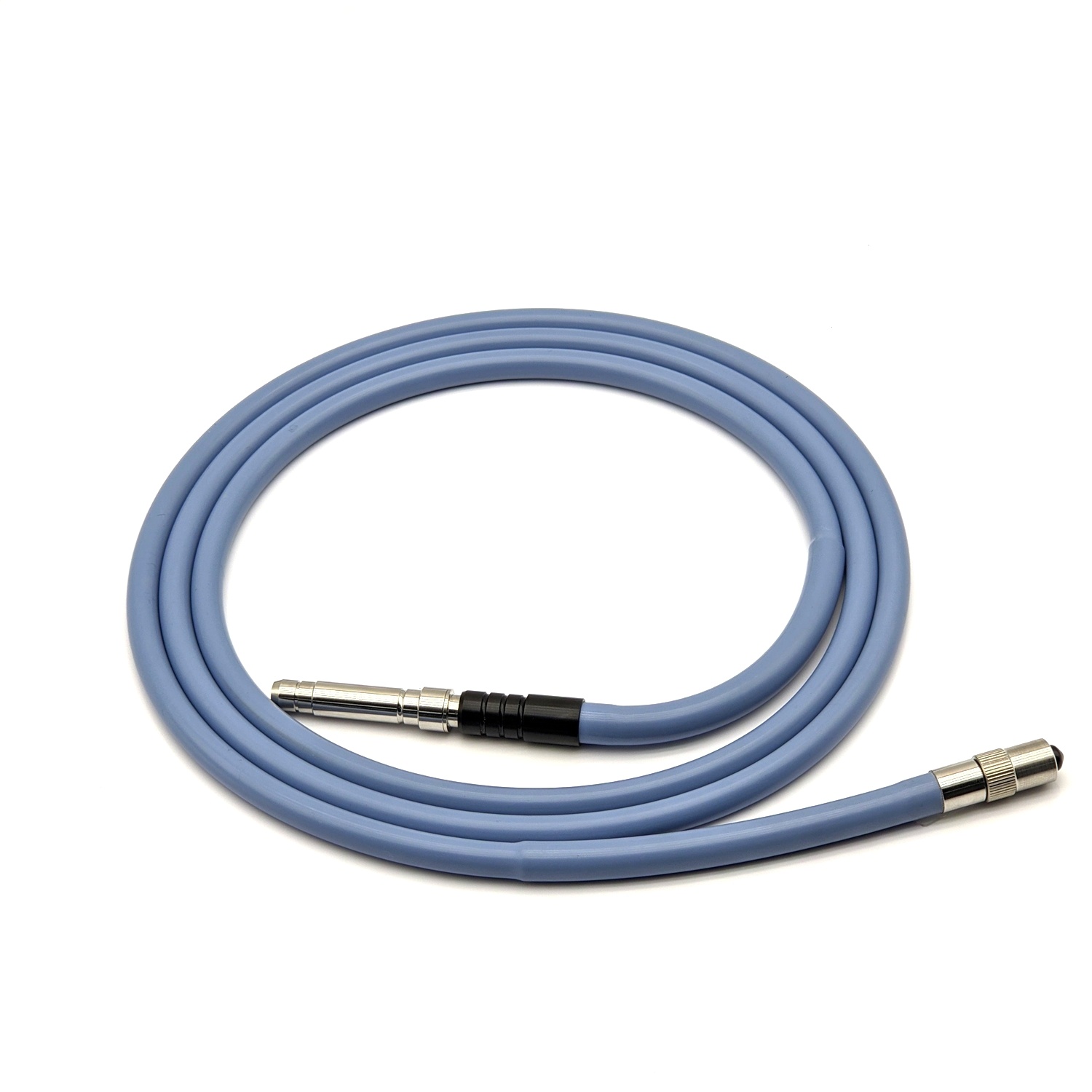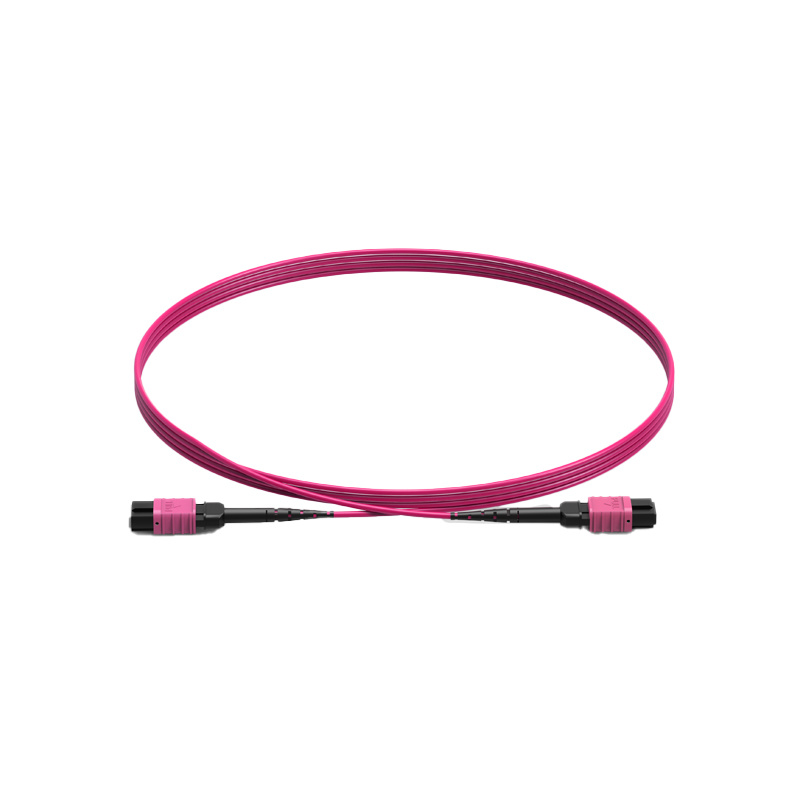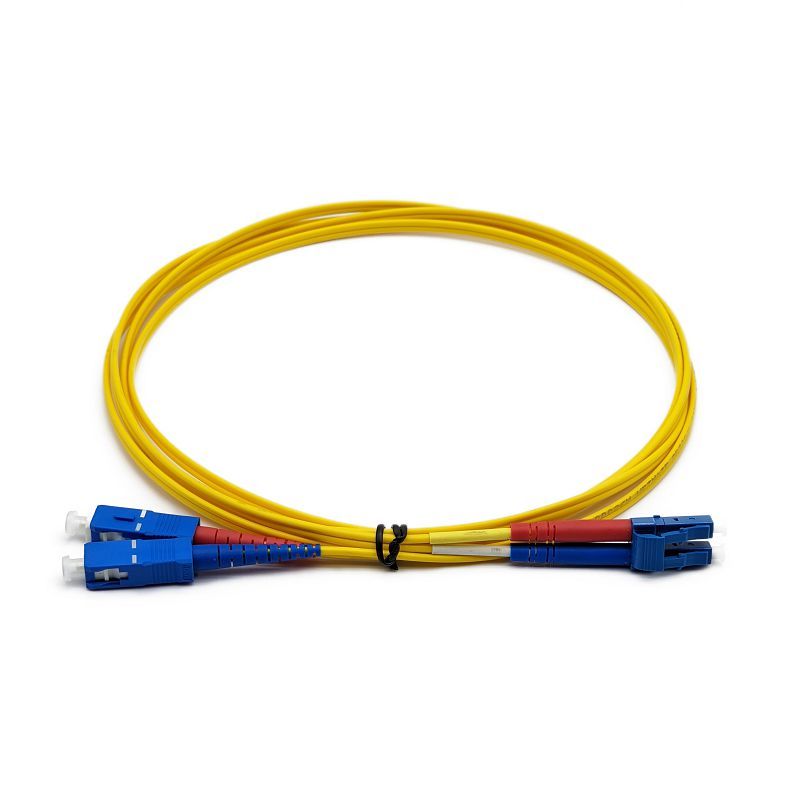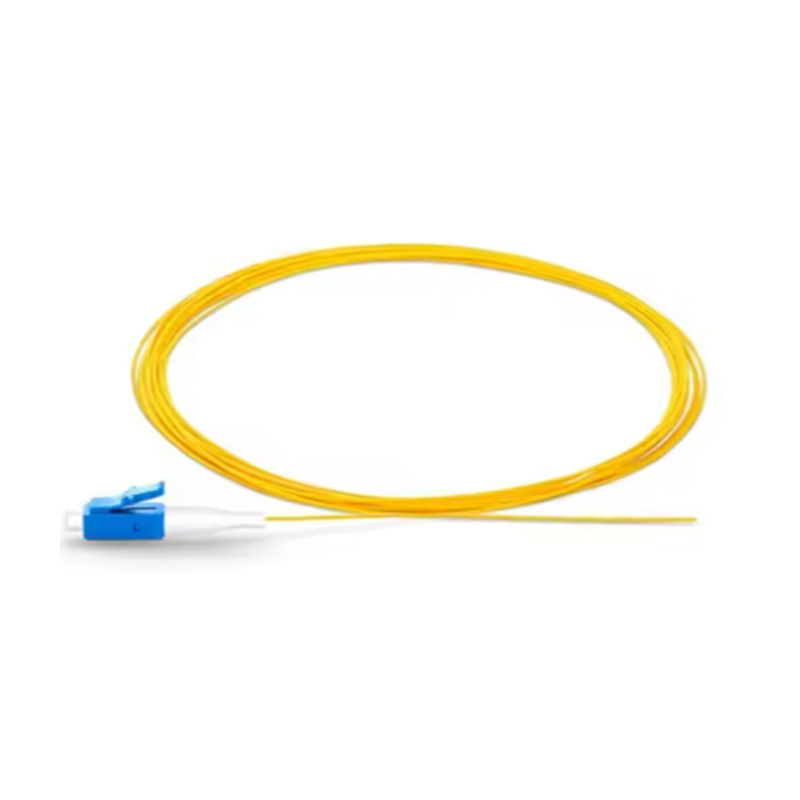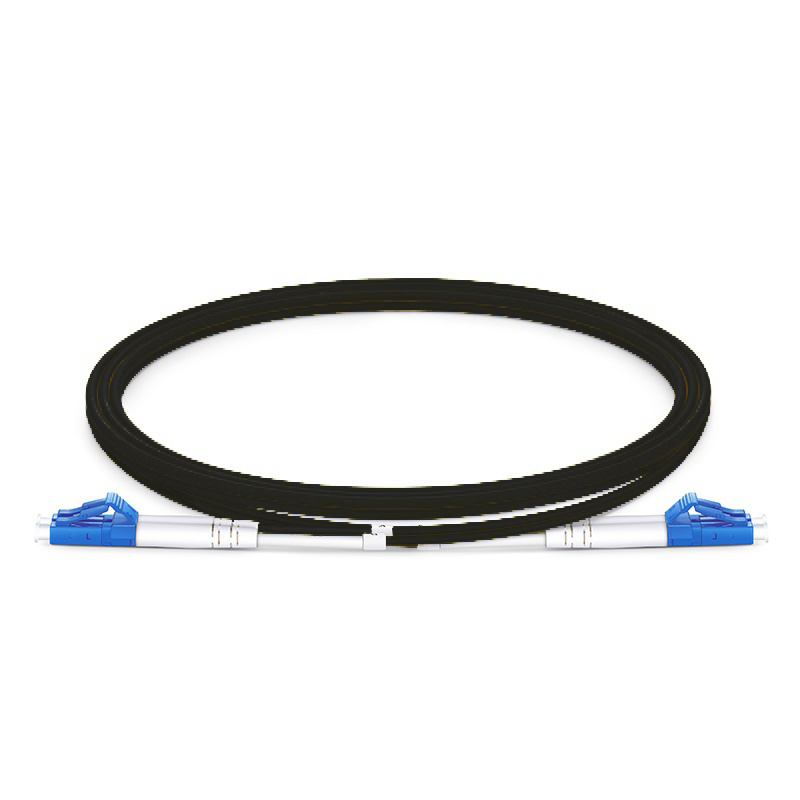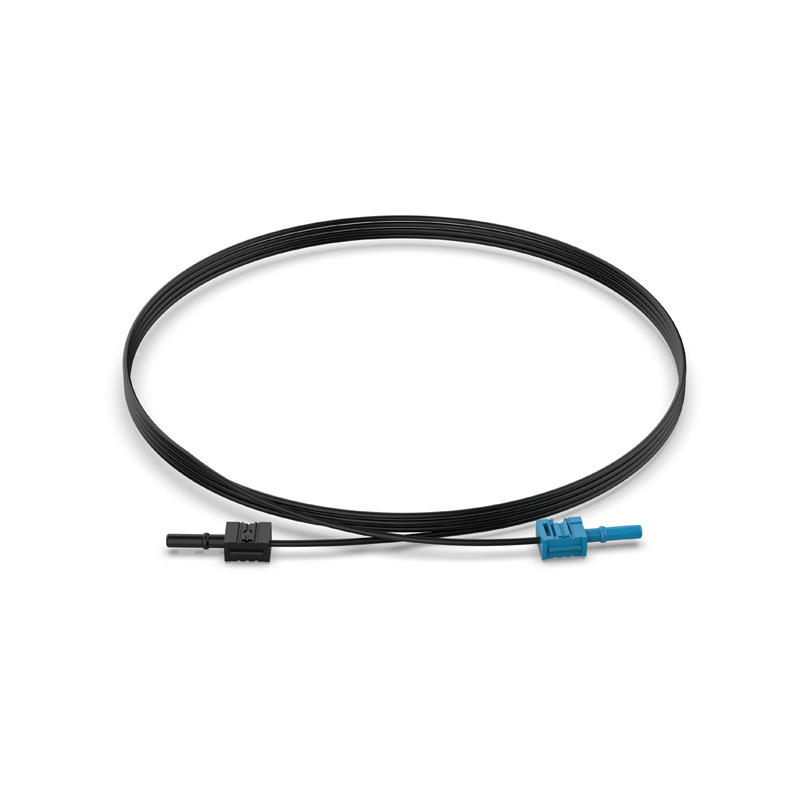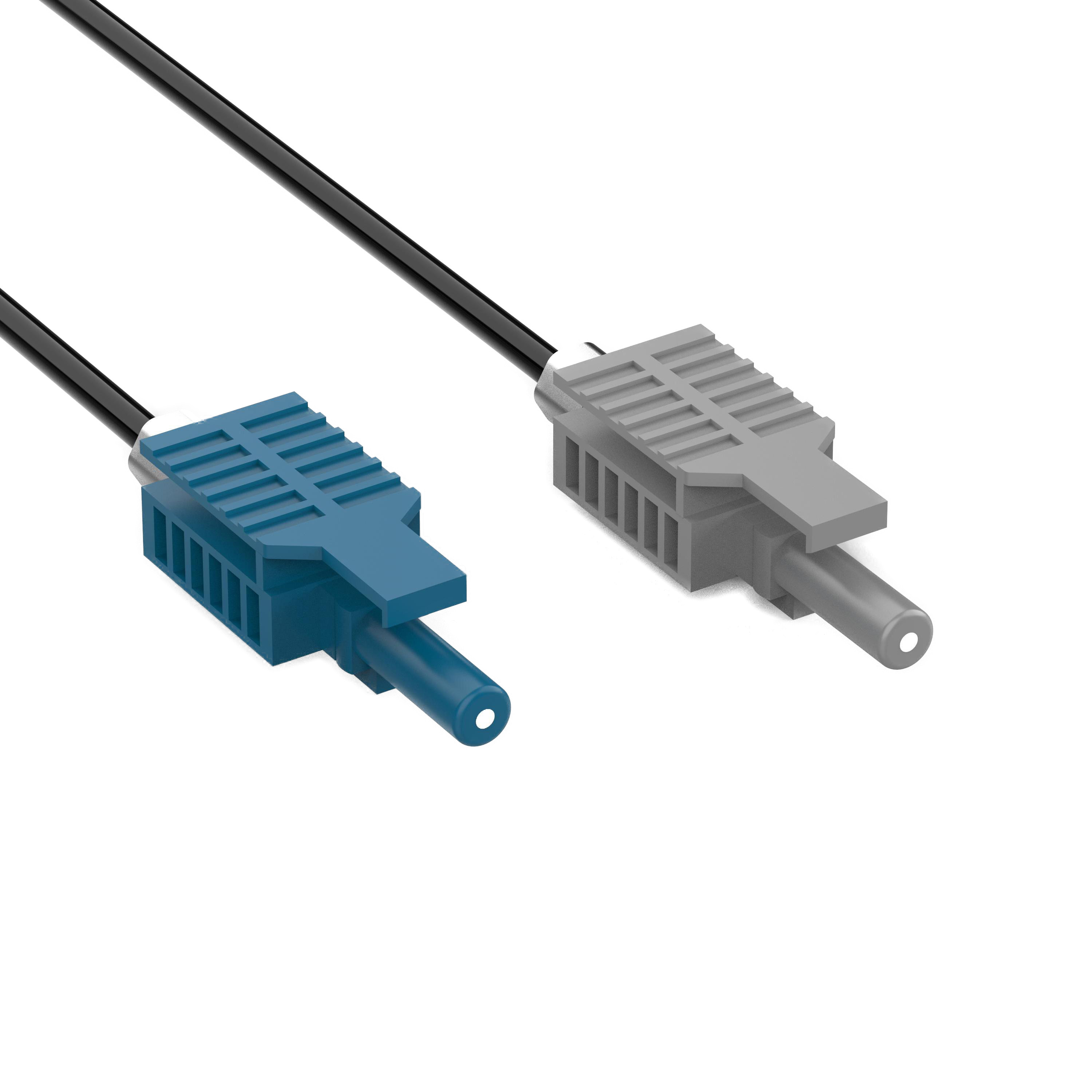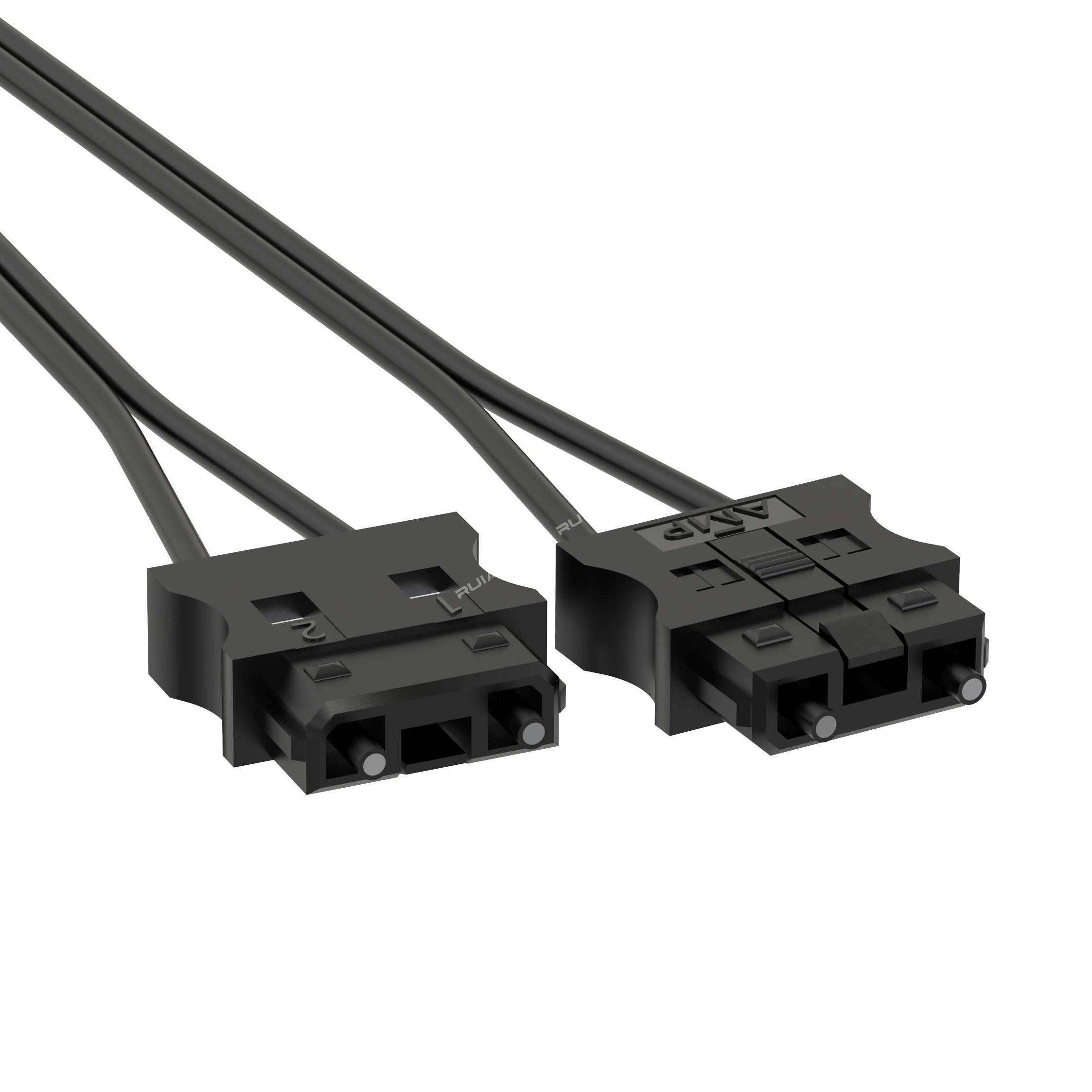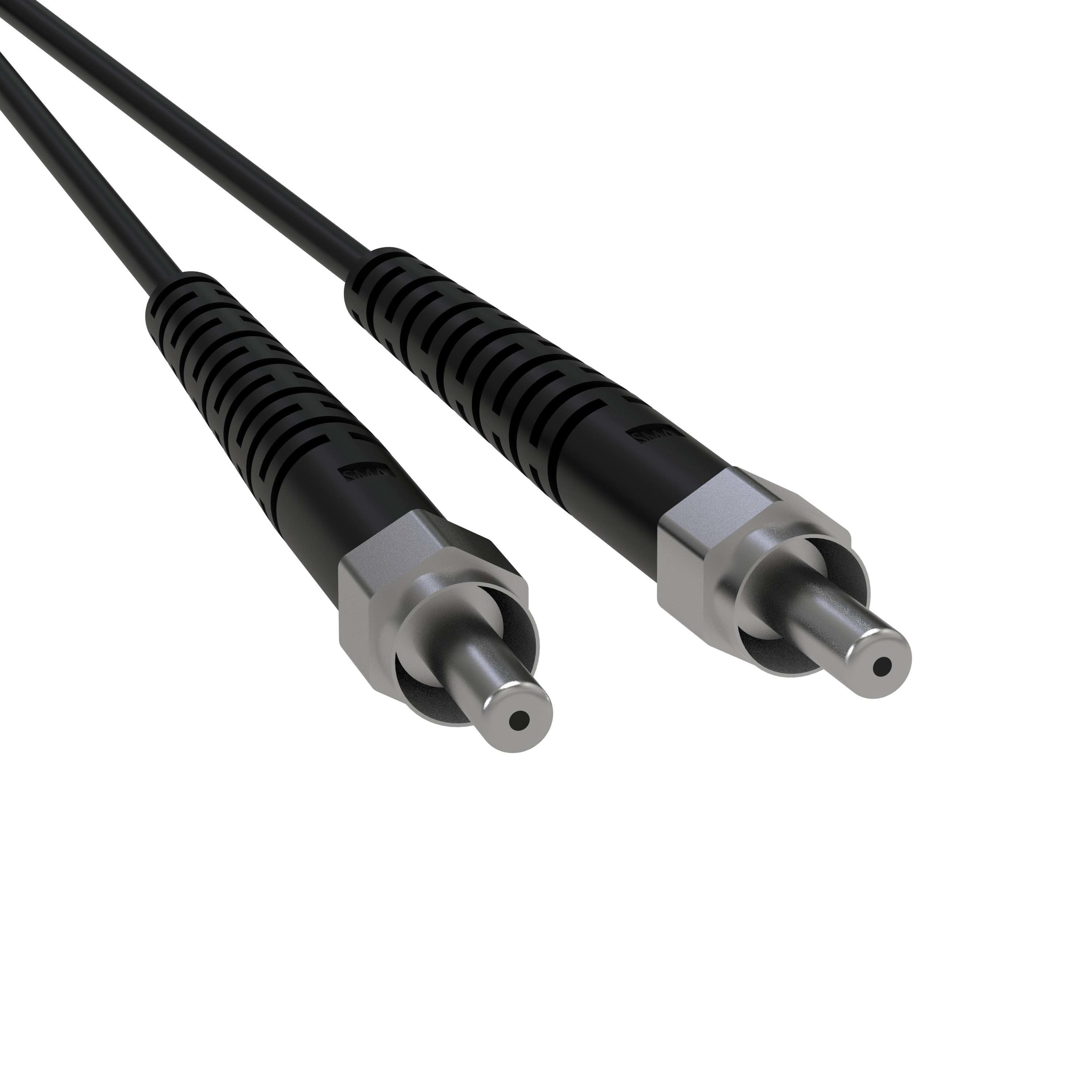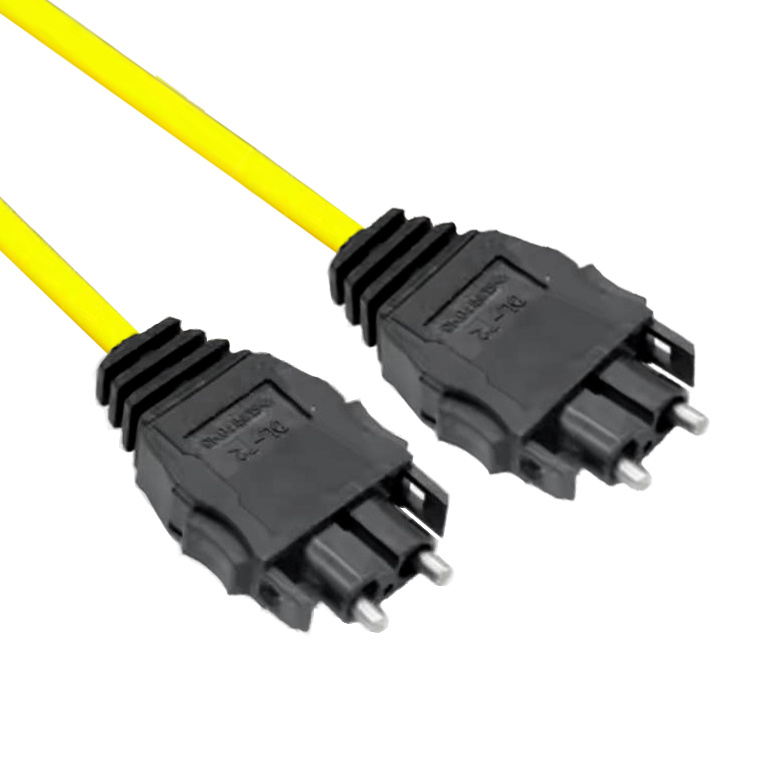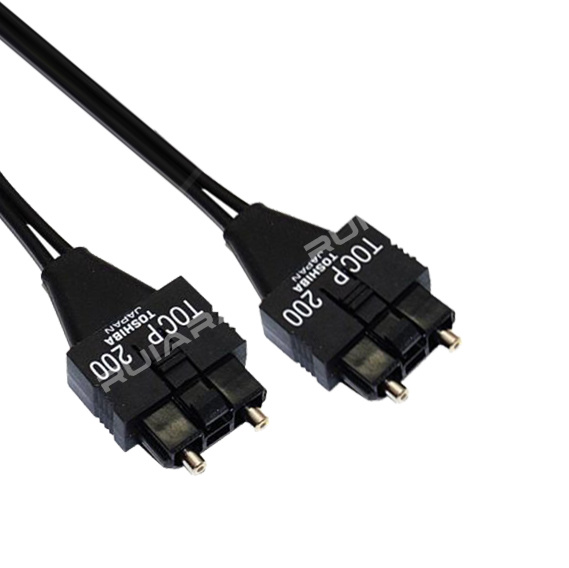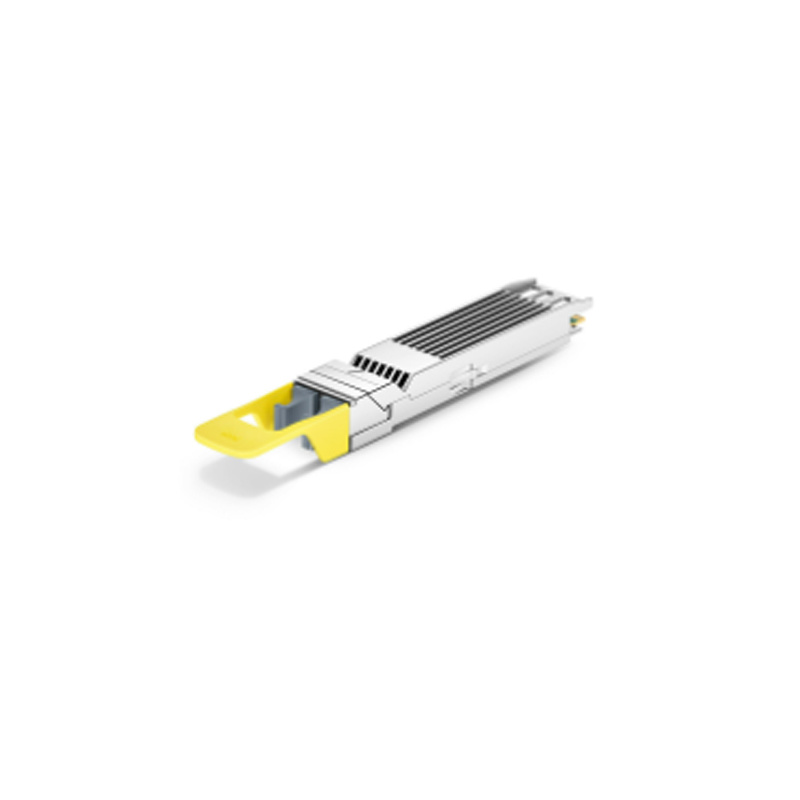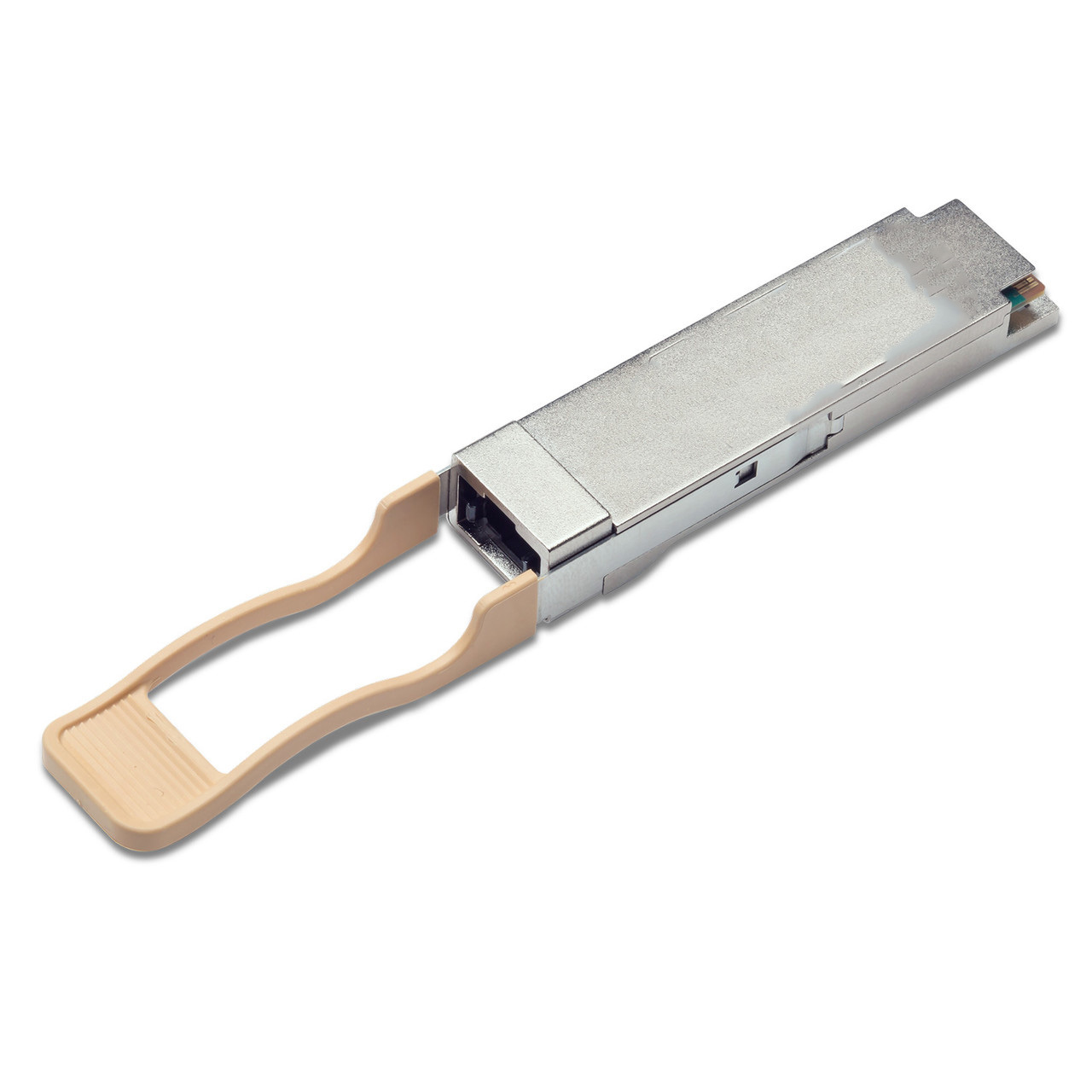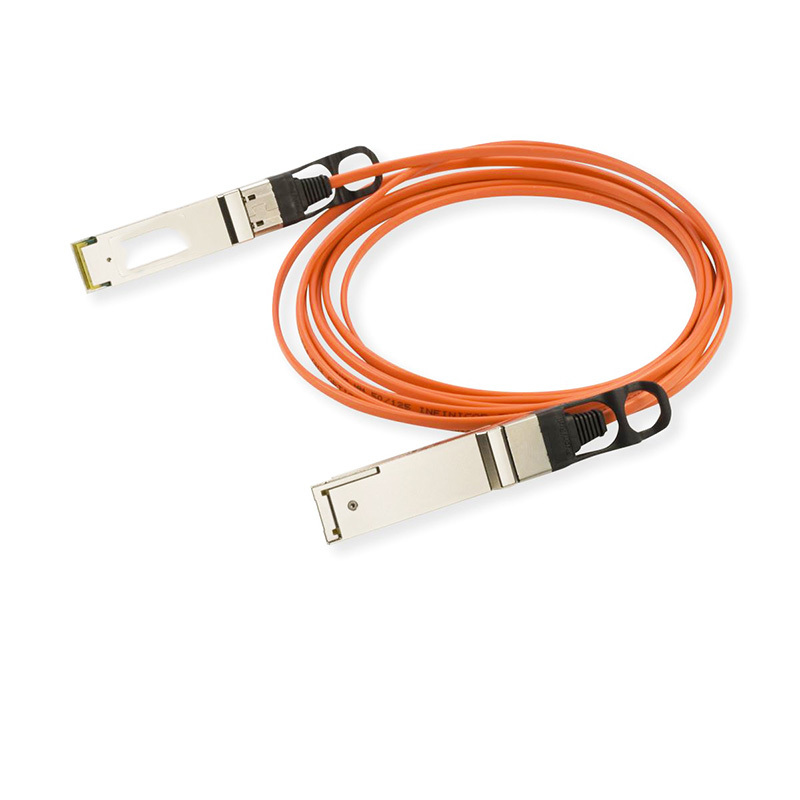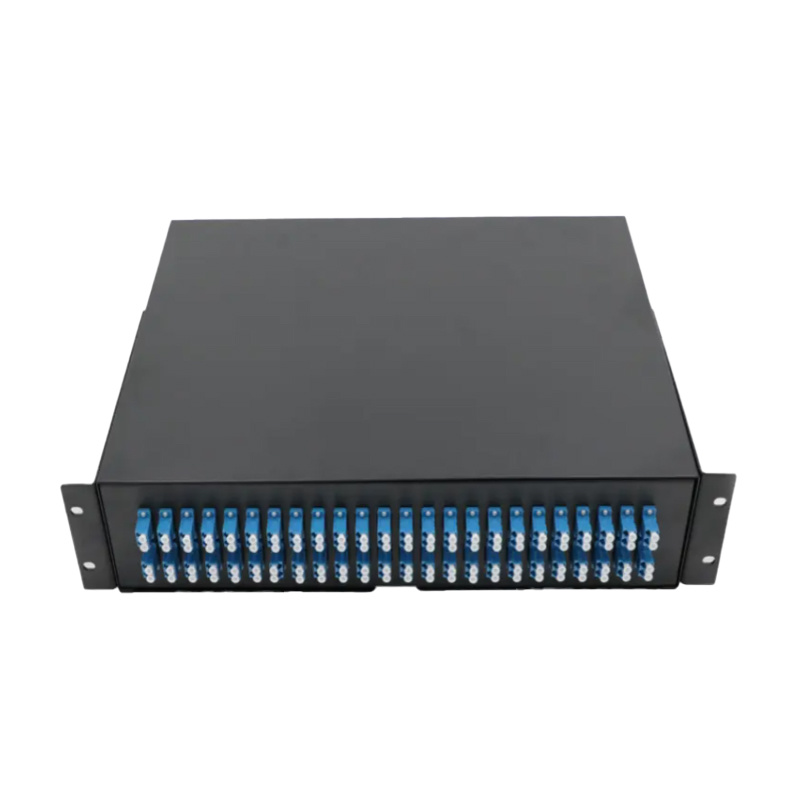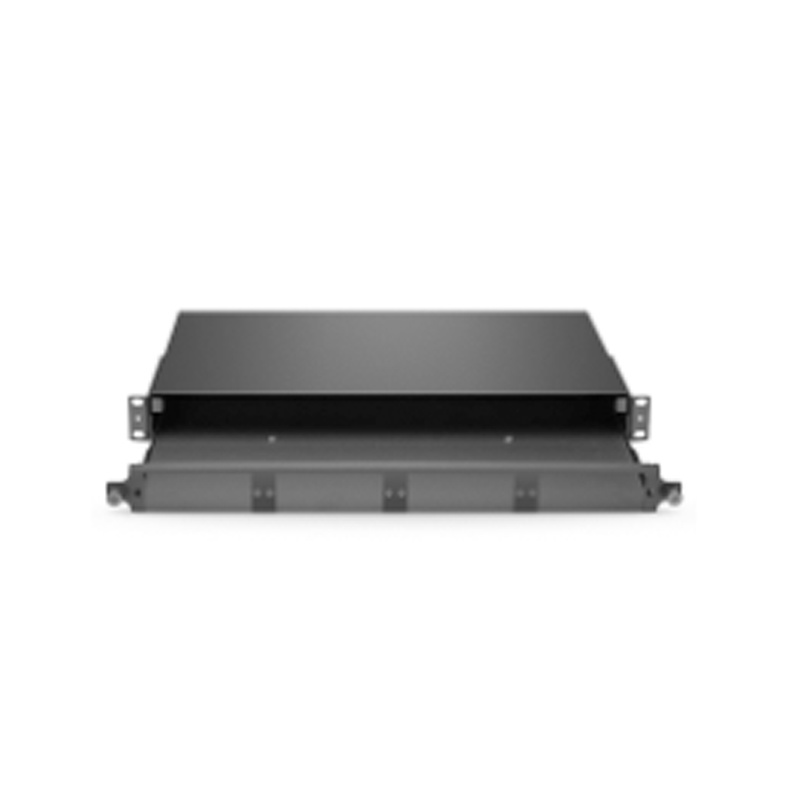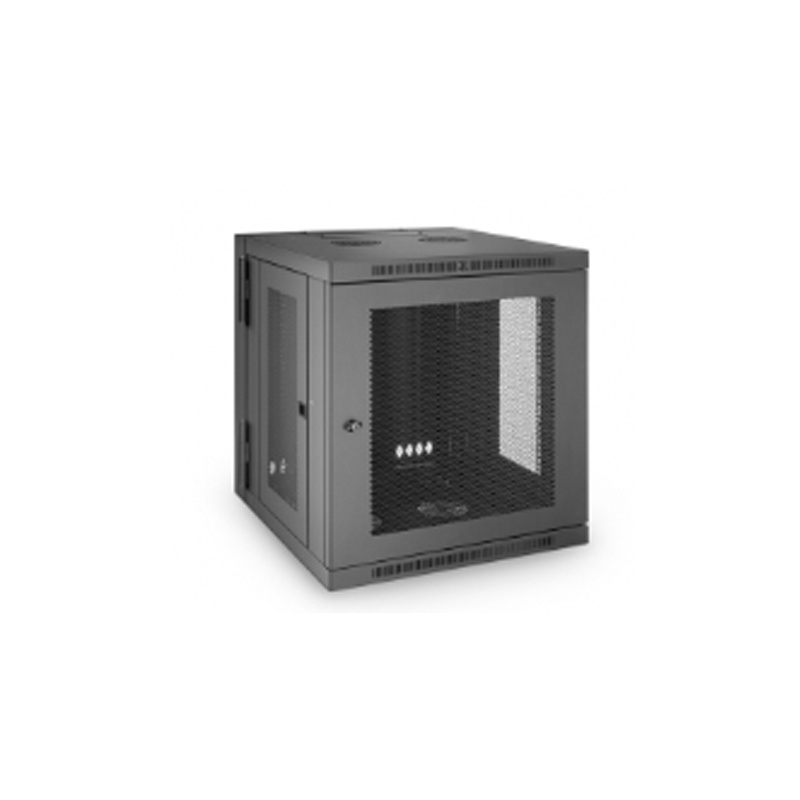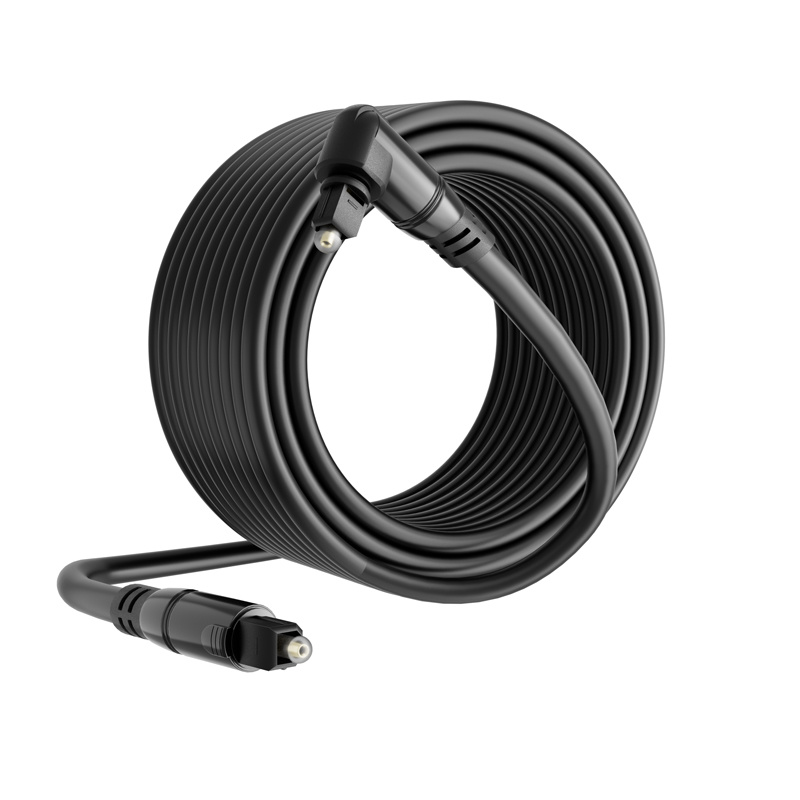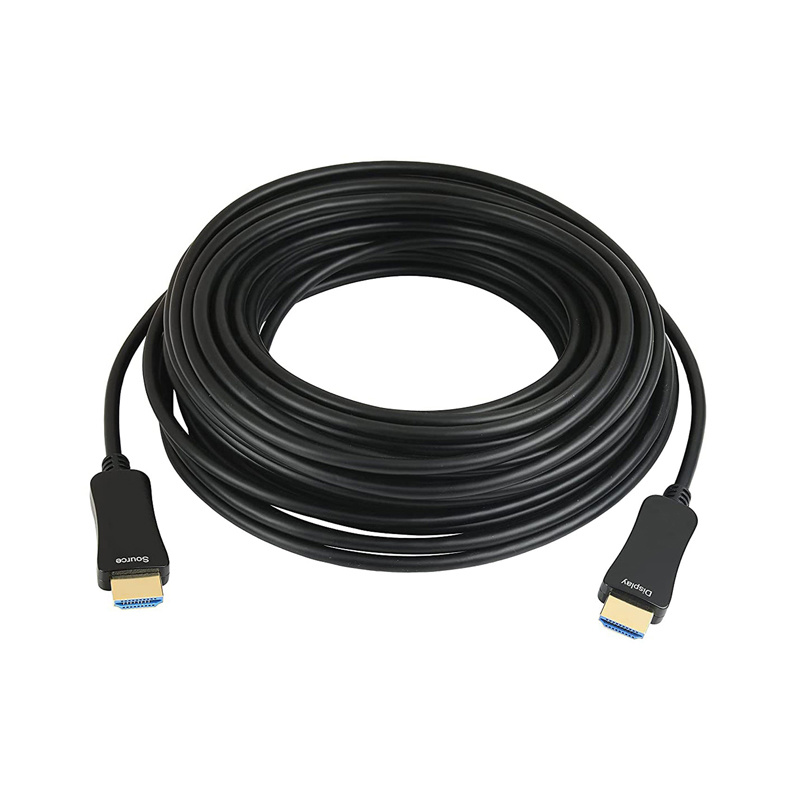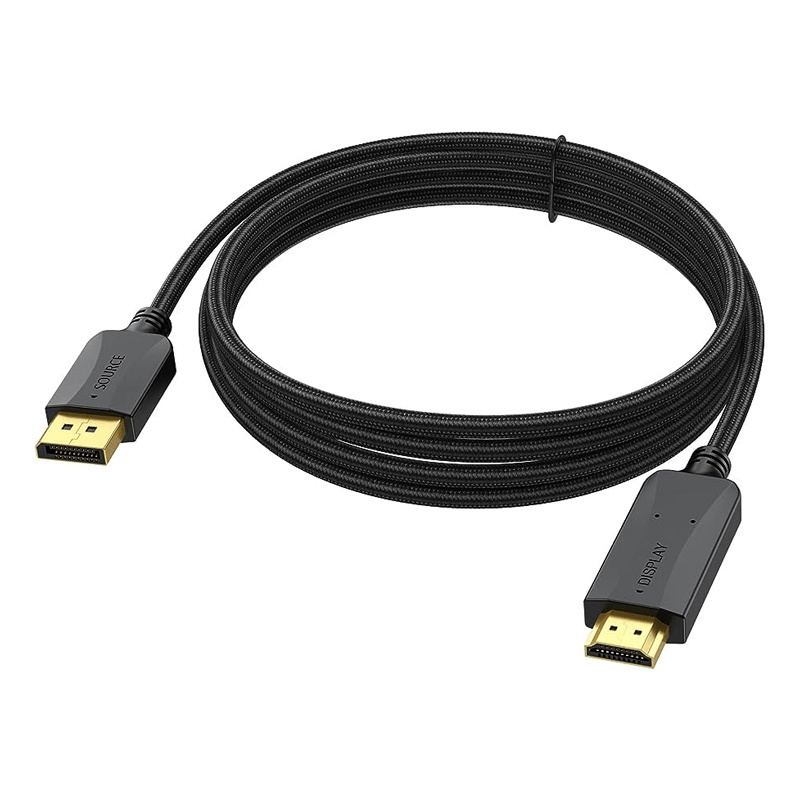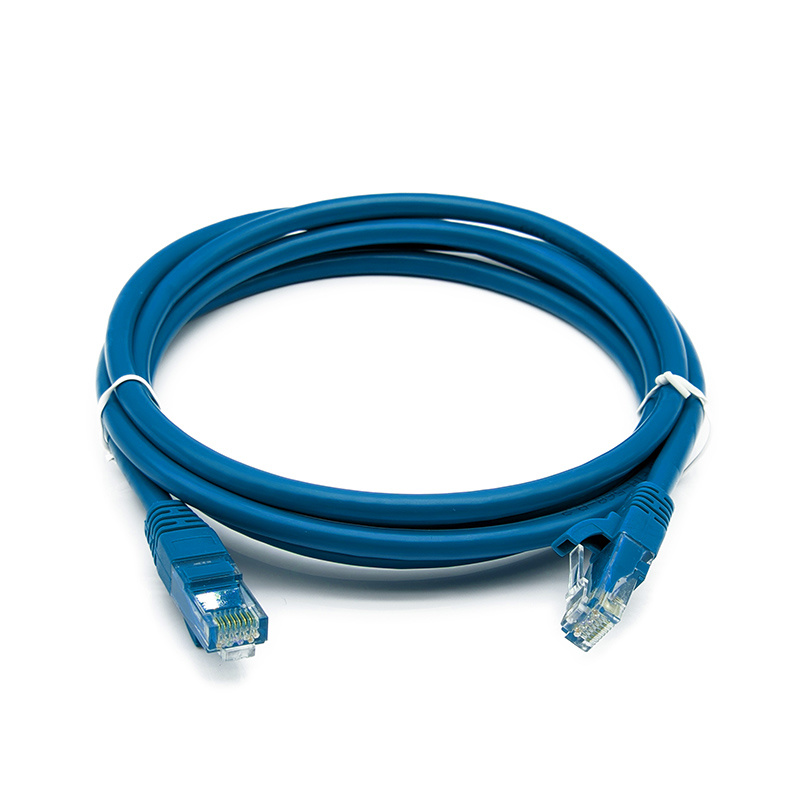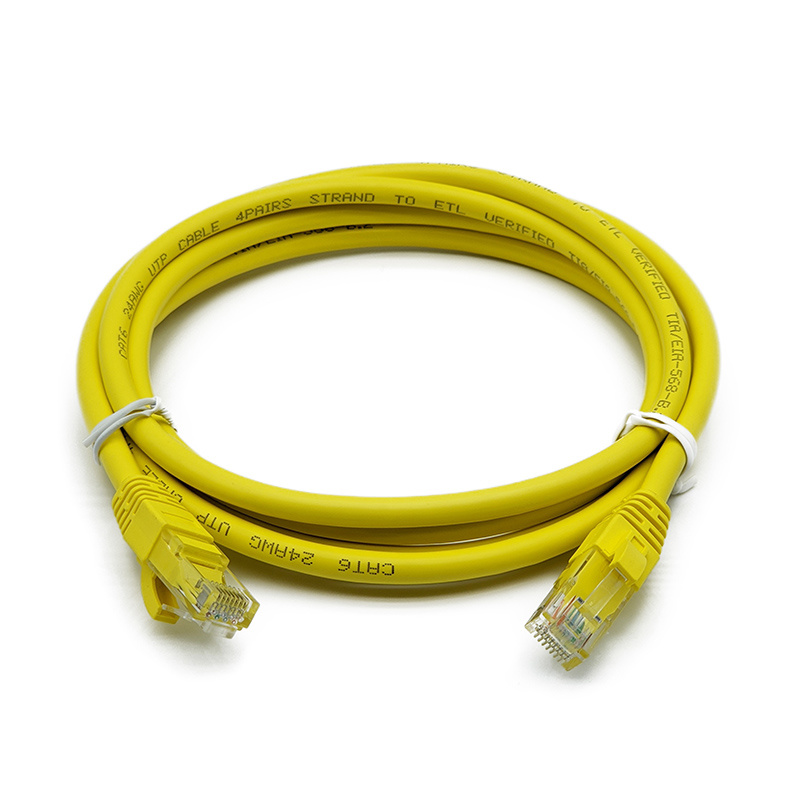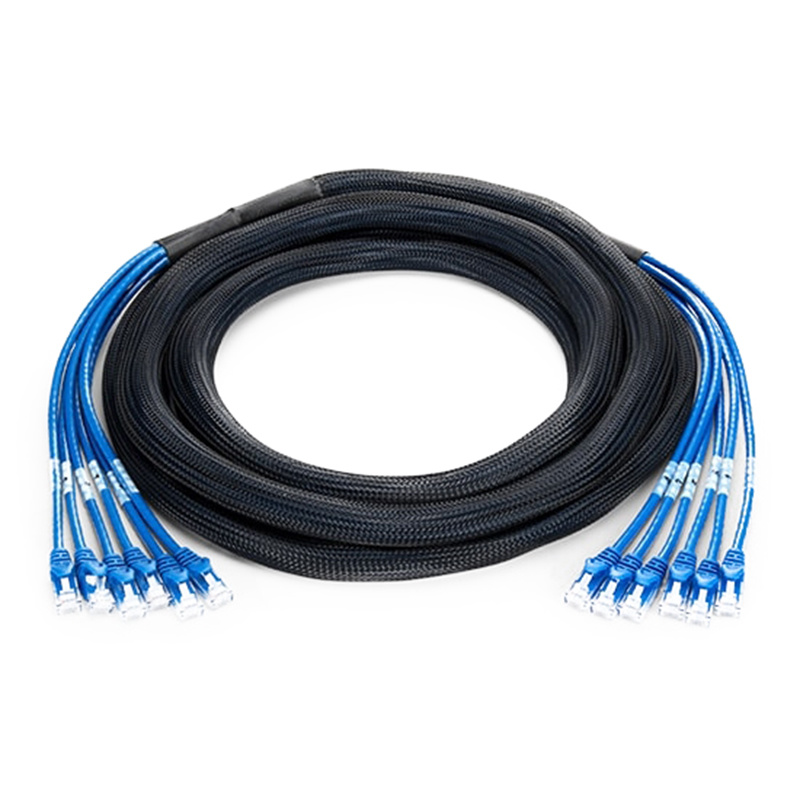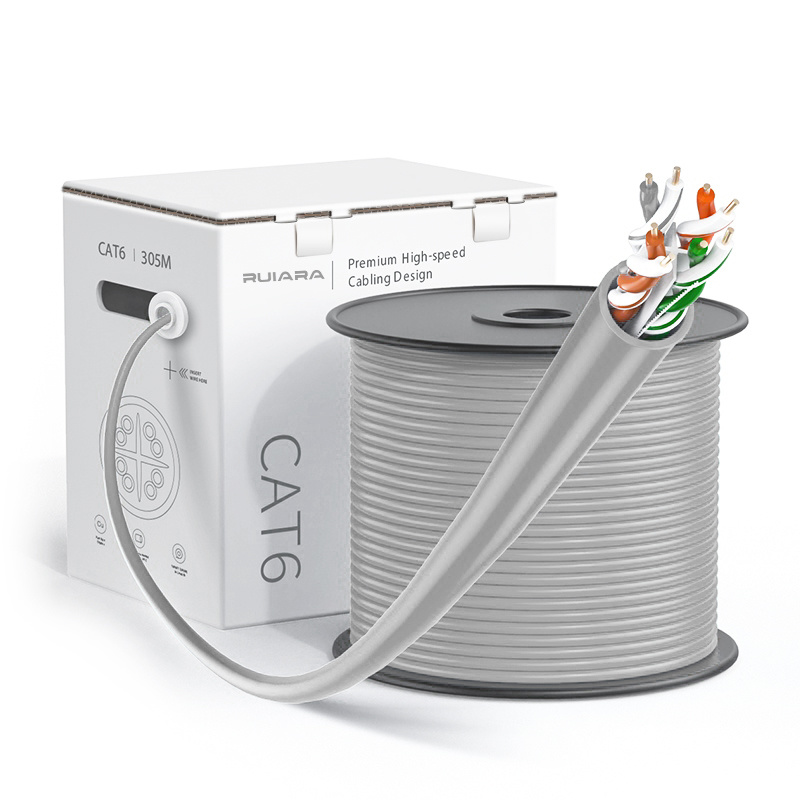Why Your Network Needs a Quality Fiber Optic Patch Cable: A Comprehensive Guide
One often-overlooked component that plays a pivotal role in network performance is the fiber optic patch cable.
2025-08
In today’s fast-paced digital world, the efficiency and speed of your network are paramount. One often-overlooked component that plays a pivotal role in network performance is the fiber optic patch cable. Understanding why these cables are essential can help you make informed decisions about your network infrastructure.
Fiber optic cables consist of thin strands of glass or plastic that transmit data using light signals. This method allows for high-speed data transfer over long distances without significant loss of signal quality.
There are primarily two types of fiber optic cables: Single-Mode Fiber (SMF) and Multi-Mode Fiber (MMF).
- Single-Mode Fiber: Designed for long-distance communication, it uses a single light path to transmit data.
- Multi-Mode Fiber: Ideal for shorter distances, it allows multiple light paths, making it suitable for local area networks (LANs).
The Importance of Quality in Fiber Optic Patch Cables
Enhanced Data Transmission Rates
Quality fiber optic patch cables ensure that data is transmitted at optimal speeds. Inferior cables can introduce latency and reduce overall network performance, impacting user experience.
Reliability and Signal Integrity
Using high-quality materials in fiber optic patch cables minimizes signal loss and interference. This reliability is critical for applications like video streaming, online gaming, and cloud services, where uninterrupted connections are essential.
Resistance to Environmental Factors
Quality cables are often designed to withstand various environmental conditions, such as temperature fluctuations and moisture. This durability makes them suitable for both indoor and outdoor installations.
Key Features to Look for in Fiber Optic Patch Cables
Connector Types
The connector type significantly influences compatibility with your existing network hardware. Common types include LC, SC, ST, and MTP/MPO connectors. Choosing the right connector ensures that your patch cables integrate seamlessly into your network.
Cable Jacket Material
The jacket material of the cable impacts its durability and flexibility. Options include PVC, LSZH (Low Smoke Zero Halogen), and OFNR (Optical Fiber Non-conductive Riser). Selecting the appropriate jacket type is crucial for safety and longevity.
Fiber Count
The fiber count pertains to the number of fibers contained within the cable. Higher fiber counts allow for greater data transmission capacity, which is particularly important for networks experiencing high traffic.
Benefits of Using Quality Fiber Optic Patch Cables
Improved Network Performance
Investing in quality patch cables translates into better overall network performance. Enhanced bandwidth and minimal signal degradation mean faster data transfer rates and a more reliable connection.
Cost-Effectiveness and Longevity
While quality fiber optic patch cables may come with a higher upfront cost, they can lead to long-term savings. Their durability and reliability reduce the need for frequent replacements, making them a more cost-effective solution in the long run.
Better Scalability
As your network grows, having quality patch cables allows for easier scalability without the need to overhaul existing infrastructure. This adaptability is key in today’s rapidly changing technological landscape.
Installation Tips for Fiber Optic Patch Cables
Planning Your Network Layout
Before installation, carefully plan the layout of your network. Consider the location of routers, switches, and other devices to optimize cable length and reduce clutter.
Proper Handling Techniques
To prevent damage, handle fiber optic cables with care. Avoid bending them at sharp angles and ensure they are not subjected to excessive tension during installation.
Testing Your Connections
After installation, conduct thorough testing to ensure all connections are functioning correctly. Tools like optical time-domain reflectometers (OTDR) can help identify any issues in the network.
Common Misconceptions About Fiber Optic Patch Cables
Myth: All Fiber Optic Cables Are the Same
While all fiber optic cables serve the same primary function, the quality and specifications can vary significantly. Choosing the right patch cable is essential for optimal performance.
Myth: Fiber Optic Cables Are Fragile
Contrary to popular belief, fiber optic cables are quite durable. With proper handling and installation, they can withstand various environmental conditions.
Investing in quality fiber optic patch cables is critical for ensuring your network operates at peak efficiency. These cables not only enhance data transmission rates but also provide reliability and durability essential for both personal and professional setups. By understanding the components that make up fiber optic patch cables and selecting the right type for your needs, you can significantly improve your network’s overall performance. Whether you are upgrading your existing infrastructure or setting up a new network, prioritizing quality will yield benefits that far outweigh the initial investment.
Related News
Sorry,当前栏目暂无内容!
您可以查看其他栏目或返回 首页
Sorry,The current column has no content!
You can view other columns or return Home
COOKIES
Our website uses cookies and similar technologies to personalize the advertising shown to you and to help you get the best experience on our website. For more information, see our Privacy & Cookie Policy
COOKIES
Our website uses cookies and similar technologies to personalize the advertising shown to you and to help you get the best experience on our website. For more information, see our Privacy & Cookie Policy
These cookies are necessary for basic functions such as payment. Standard cookies cannot be turned off and do not store any of your information.
These cookies collect information, such as how many people are using our site or which pages are popular, to help us improve the customer experience. Turning these cookies off will mean we can't collect information to improve your experience.
These cookies enable the website to provide enhanced functionality and personalization. They may be set by us or by third-party providers whose services we have added to our pages. If you do not allow these cookies, some or all of these services may not function properly.
These cookies help us understand what you are interested in so that we can show you relevant advertising on other websites. Turning these cookies off will mean we are unable to show you any personalized advertising.

